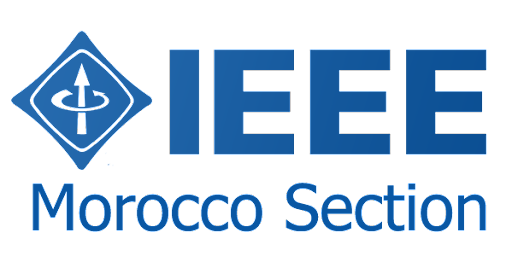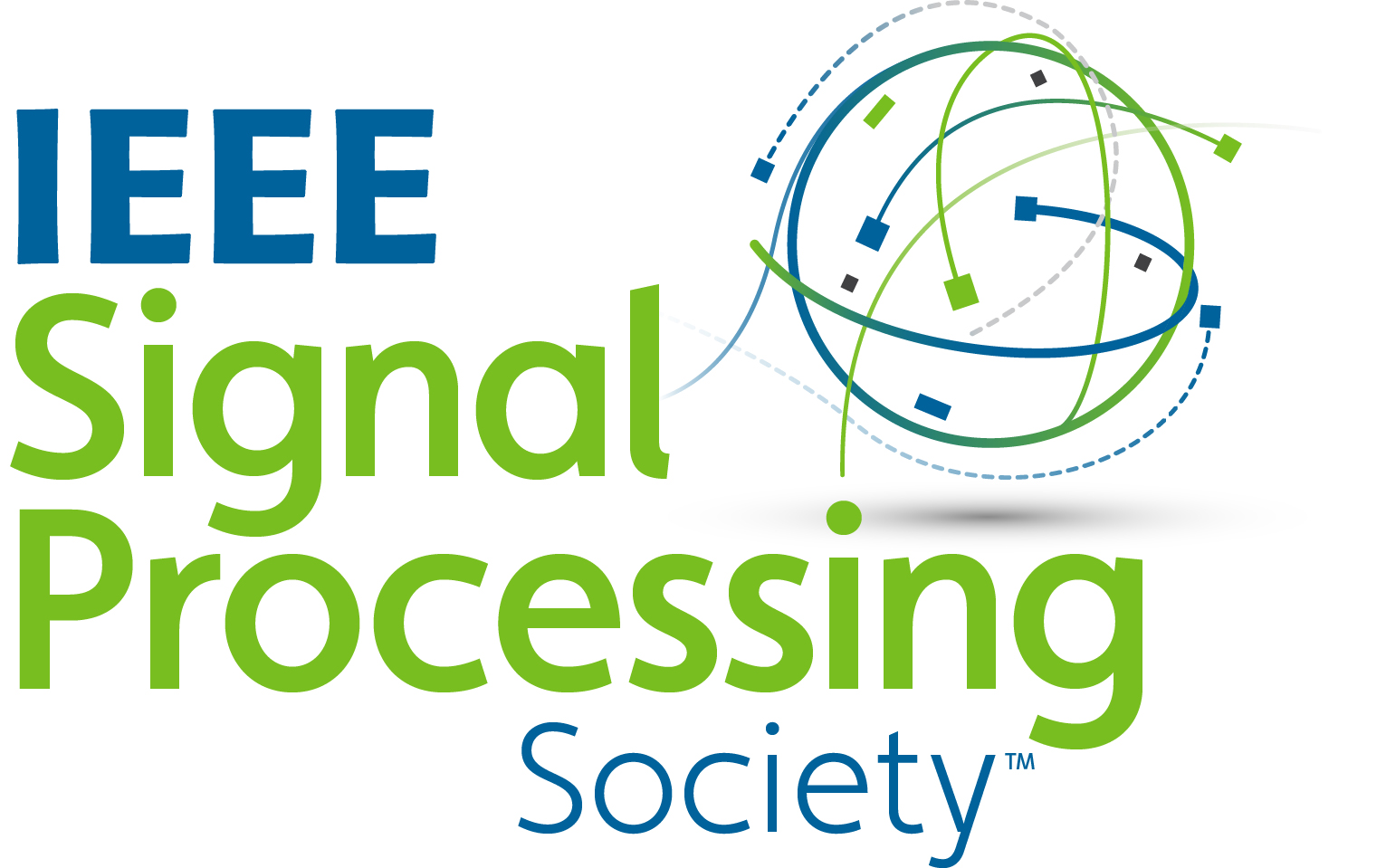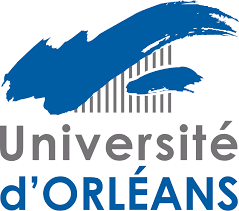KEYNOTE SPEAKERS
Prof Maria Martini, Kingston University London
TITLE : Delivering immersive and meaningful visual experience
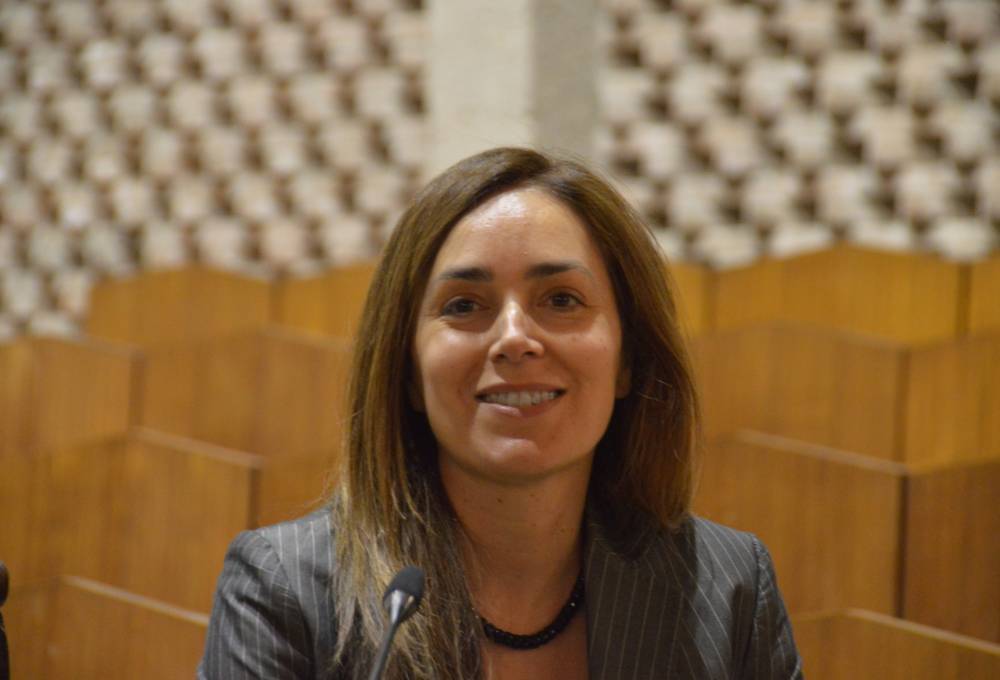
Biography: Professor in the Faculty of Science, Engineering and Computing, Maria leads the Wireless Multimedia Networking Research Group and is MSc Field Leader. She received the Laurea in electronic engineering (summa cum laude) from the University of Perugia (Italy) in 1998 and the Ph.D. in Electronics and Computer Science from the University of Bologna (Italy) in 2002. She is a Fellow of the Higher Education Academy. She has led the KU team in national and international research projects, funded by the European Commission (e.g., OPTIMIX, CONCERTO, QoE-NET, Qualinet), UK research councils (e.g., EPSRC, British Council, Royal Society), Innovate UK, and international industries. IEEE Senior Member (since 2007), Associate Editor for IEEE Signal Processing Magazine (2018-2021) and IEEE Transactions on Multimedia (2014-2018), she was lead guest editor for the IEEE JSAC special issue on "QoE-aware wireless multimedia systems" and editor for, e.g., IEEE Journal of Biomedical and Health Informatics, IEEE Multimedia, Int. Journal on Telemedicine and Applications. Expert Evaluator and Panel Member for the European Commission and national research councils (e.g. EPSRC and MRC in the UK), she was lead editor (2008-2010) of the Strategic Applications Agenda on mobile health and inclusion applications in the e-Mobility European Technology Platform. She is part of the NetWorld2020 ETP Expert Group, Board member of the Video Quality Expert Group (VQEG) and member of the IEEE Multimedia Communications technical committee, having served as vice-chair (2014-2016), chair (2012-2014) of the 3D Rendering, Processing, Communications Interest Group, key member of the QoE and multimedia streaming IG. Her research interests include wireless multimedia networks, video quality assessment, decision theory, machine learning, and medical applications. She authored about 200 international scientific articles and book sections, international patents and contributions to international standards (IEEE and ITU). She is named in the Stanford University list of the world's top 2% scientists.
Dr. Islem Rekik, Imperial College of London
TITLE : A new breed of GNNs for medical applications and beyond

Biography: Islem Rekik is the Director of the Brain And SIgnal Research and Analysis (BASIRA) laboratory (http://basira-lab.com/) and an Associate Professor at Imperial College London (Innovation Hub I-X). She is the awardee of two prestigious international research fellowships. In 2019, she was awarded the 3-year prestigious TUBITAK 2232 for Outstanding Experienced Researchers Fellowship and in 2020 she became a Marie Sklodowska-Curie fellow under the European Horizons 2020 program. Together with BASIRA members, she conducted more than 100 cutting-edge research projects cross-pollinating AI and healthcare —with a sharp focus on brain imaging and network neuroscience. She is also a co/chair/organizer of more than 25 international first-class conferences/workshops/
TUTORIALS
Dr. Hicham Badri
TITLE: Model Quantization Techniques for Efficient Transformer Models
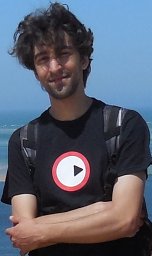
Abstract: Recent advances in transformer models have led to increasingly powerful machine learning capabilities, but at the expense of significantly larger computational requirements. Current models contain billions of parameters, making them very costly to run. In this tutorial, we delve into model quantization techniques that can substantially reduce the deployment costs of these large models. We will explore popular quantization methods such as GPTQ and HQQ, examining how they work and how they can be implemented to achieve faster performance and reduced memory usage on modern GPUs.
Biography: Dr. Hicham Badri is a co-founder and Principal Research Scientist at Mobius Labs GmbH, Germany. He holds a PhD from INRIA/Université de Bordeaux/Université Mohammed V. He specializes in model optimization techniques such as pruning and quantization, and their applications in computer vision and large language models.

